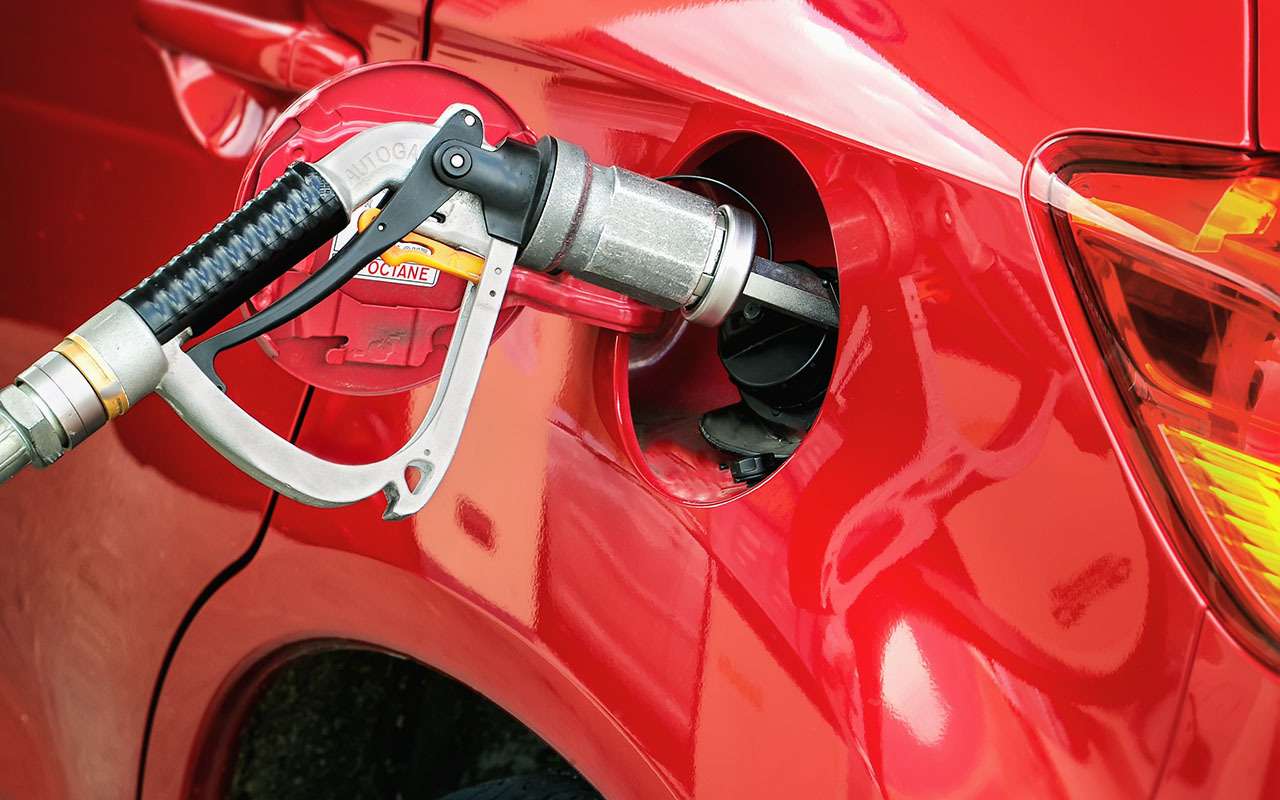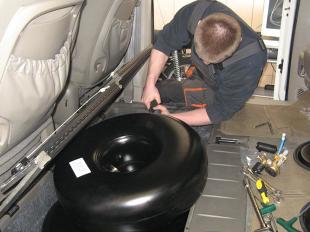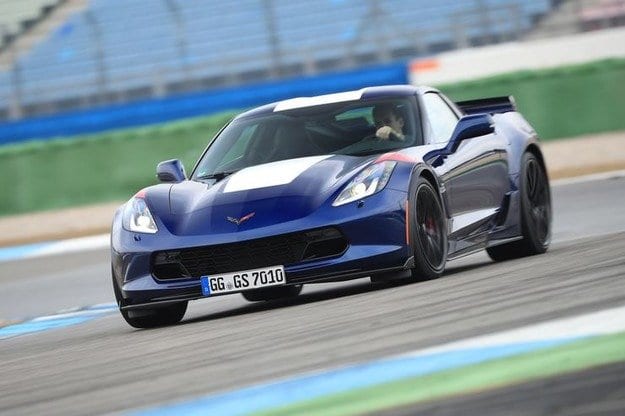
Novelties in the LPG market. Which gas installation to choose for the car?
 Installing a gas plant is still very profitable. LPG systems also work better and better with gasoline engines.
Installing a gas plant is still very profitable. LPG systems also work better and better with gasoline engines.

The latest report by e-petrol.pl analysts shows that all fuel at Polish filling stations, except autogas, has risen in price over the past week. Prices for Pb95 and diesel increased by PLN 4 to an average of PLN 5,64 and PLN 5,56/l. Pb98 has risen in price by PLN 3, to the level of PLN 5,85/l. The average price of LPG is consistently PLN 2,75/l.
In this situation, it is worth calculating that driving a HBO is almost half the price. Almost, because it should be remembered that cars still need gasoline to start the engine, and the average consumption of LPG is about 10-15 percent higher compared to classic fuels. Despite this, a middle-class car that burns an average of 11 liters of gasoline with a gas consumption of 13 liters will save about PLN 1000 over a distance of 200 kilometers (PLN 564 gas, PLN 358 gas). Condition? Properly selected installation, which will allow you to conduct a trouble-free and economical ride.
Direct injection
There are many new products on the LPG market. The breakthrough solution is the latest LPI XNUMXth generation systems designed for vehicles with direct fuel injection. For example, the Dutch company Vialle has prepared installations for Volkswagen and Audi vehicles with FSI and TSI engines.
“Until now, rebuilding them has been very difficult, because the rejection of gasoline injection and the use of liquefied gas led to their rapid failure. New installations supply gas to the combustion chamber using gasoline injectors. Unlike a series plant, the gas in the fourth generation does not expand anymore, explains Wojciech Zielinski from Awres in Rzeszow.
Fifth generation units can also be installed on vehicles with conventional fuel injection. In both cases, they reduce fuel consumption by up to 10 percent.
– With conventional injection, cold gas is supplied to the end of the intake manifold, which allows the wall to cool. Cold air is sucked in, you can say that it works like an intercooler, Zieliński explains.
LPI plants in Poland are just starting to operate, but are already popular in Western Europe. The cost of converting a car with conventional injection is about 1300 euros. For direct injection, the price is about 1500 euros. This season, manufacturers have prepared many new products for consistent installation.
High fuel prices? Drivers have ways to do it
“First of all, these are electronic innovations that allow better control of fuel dosing and unit operation. For example, Prins uses ever more advanced Japanese nozzles that work with hourly precision. In the new plants of this company, the working pressure is twice as high as that of Italian gearboxes, says Wojciech Zieliński.
Several types
Fortunately, there is a much larger selection of consecutive installations, which makes their prices more attractive. They start at around PLN 2000, but when the system needs to be expanded with additional elements, they can go up to PLN 4500.
Don't skimp on car upgrades. The guarantee of a good and economical operation of an engine with a gas installation is the right choice of components, and not the installation of the cheapest ones, convinces Wojciech Zieliński.
Beware of baptized fuel. Fraudsters know how to bypass checks
When do we collect the sequence? Of course, for engines running on multipoint electronic fuel injection. This installation works precisely, it supplies gas under pressure directly to the manifold, near the nozzles. As in the case of traditional installations, it consists of solenoid valves, a cylinder, a reducer, a nozzle, a gas pressure sensor and a control system.
“The differences are mainly due to better electronics, which leads to a higher price,” says Wojciech Zieliński.
Thieves steal fuel straight from the tank. What is the risk for them?
A poorer installation for about PLN 1500-1800 can be safely installed on cars with single-point fuel injection. Here, only standard elements and a slightly simpler control system are sufficient, which is responsible for preparing and supplying the appropriate fuel mixture to the engine.
Removing the control module reduces installation cost but may damage the engine. Cause? The vehicle will receive the wrong fuel mixture, which will result in poor engine performance and may damage the catalytic converter. The cheapest systems are almost never installed, because finding a car with a carburetor in the secondary market is becoming increasingly difficult.
What about excises?
Drivers are concerned about the increase in excise taxes on LPG. The proposal of the European Commission differentiates the amount of taxes depending on the energy efficiency of the fuel and the amount of greenhouse gases emitted into the environment by vehicles running on them. If the rate for gasoline remains at the current level, and for diesel it rises slightly, then for LPG it will jump from 125 euros to 500 euros per ton. Then the price of a liter of gas will increase to about PLN 4 per liter.
– However, so far this is only a proposal, which, even if implemented, means a gradual increase in prices. We will have a transitional period to raise the tax, explains Grzegorz Maziak, analyst at e-petrol.pl.
Gasoline 98 and premium fuel. Does it pay off?
At today's fuel prices, the installation of the unit for PLN 2600-11000 will pay off in about 1600-7000 km. A simpler system for about PLN 5000 will pay for itself in about XNUMX km. Thus, with an average annual mileage of XNUMX km, this is a maximum of two years.
Governorate Bartosz
photo by Bartosz Guberna

